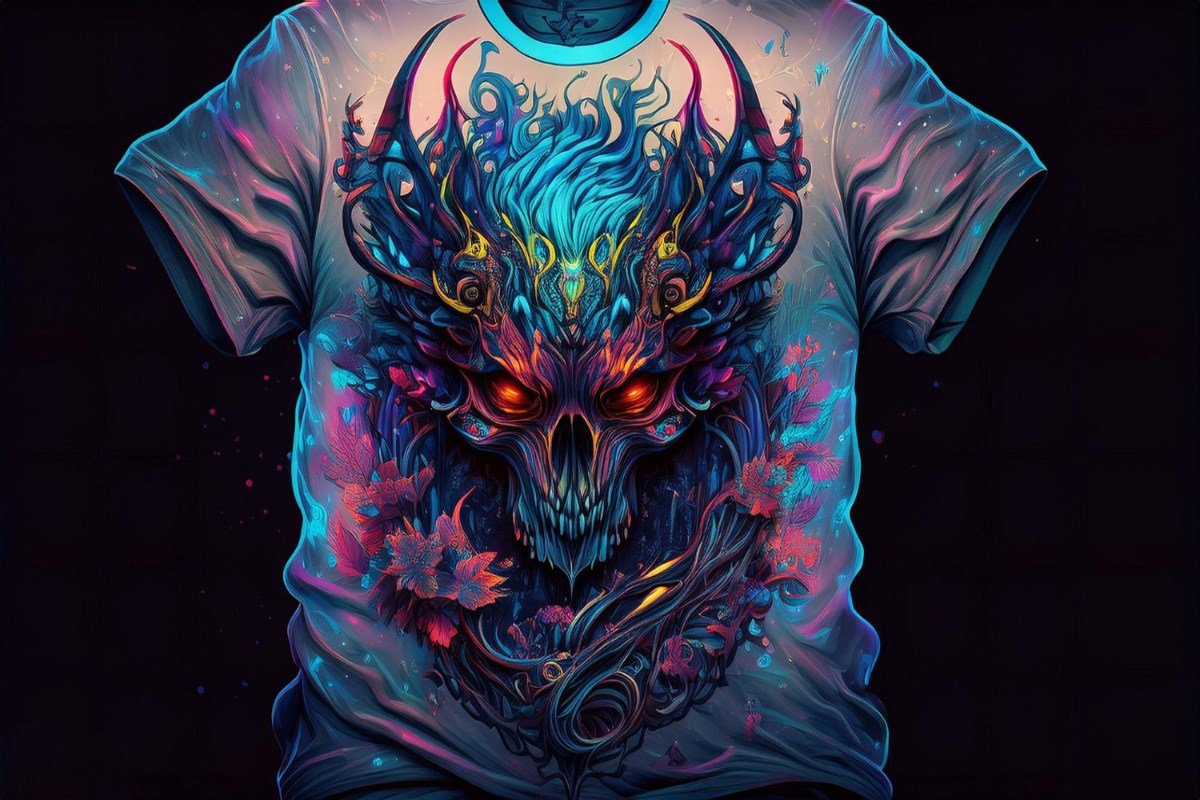
Common Mistakes in California DTF Usage
California DTF: Understanding the Basics Before You Start
Many creators in the California DTF scene are jumping into Direct-to-Film printing without mastering the foundation. Skipping over essential setup steps and misunderstanding the process can lead to inconsistent results and wasted materials. Knowing how DTF works, what equipment is needed, and how different fabrics react is crucial before launching into production.
DTF Transfers: Choosing the Right Film and Ink
One of the most common issues with DTF Transfers in California is using incompatible or low-quality film and ink. The film must have proper adhesive coating, and the ink should be compatible with both the printer and the heat press process. Poor choices here can result in peeling prints or faded colors, especially after washing. Quality control starts with the right raw materials.
Incorrect Heat Press Settings Can Ruin Your Work
Even seasoned print professionals often overlook the importance of precise heat press calibration. Temperature, pressure, and pressing time all play a vital role in the success of your DTF application. Using too much heat or pressure may melt the adhesive or distort the image, while too little can lead to incomplete transfers and weak adhesion.
Neglecting Fabric Type and Pre-Treatment
Different fabrics behave in different ways, and not every material is suited for DTF without pre-treatment. Stretchy or moisture-wicking fabrics like polyester blends may require specific handling. Failing to consider fabric type can result in washout issues or image cracking. Always test your material before running a full production batch to ensure lasting results.
Skipping the Powder Curing Step
After printing and applying the powder adhesive, curing is a step many rush or skip entirely. Without proper curing, the adhesive won’t bond to the ink correctly, leading to poor durability. Using a curing oven or heat gun at the right temperature ensures the powder melts into the ink and forms a strong bond. Ignoring this step results in short-lived prints that peel quickly.
Poor File Preparation and Resolution
A frequently overlooked issue is the design file itself. Low-resolution graphics or poorly prepared artwork files can make even the best DTF equipment produce blurry or pixelated results. Be sure your designs are at least 300 DPI and in the correct format for DTF printing. Proper file setup means better detail retention and vibrant, accurate prints.
Conclusion
Avoiding these common California DTF mistakes can save you time, money, and frustration. Mastering every step of the process—from materials to heat settings and file prep—ensures your custom apparel stands out with professional quality. As the DTF industry continues to grow in California, brands that pay attention to detail will outperform those that cut corners. DTF is powerful, but only when executed with precision and care.
Frequently Asked Questions
What’s the most common DTF mistake in California?
Skipping proper heat press calibration is one of the biggest errors.
Can I use regular film for DTF Transfers?
No, you need film specifically coated for DTF adhesive powder.
Why is my design peeling after washing?
This often happens when the adhesive wasn’t cured properly or pressure was too low.
Is pre-treatment necessary for DTF?
Not always, but it's recommended for synthetic or stretchy fabrics.
Can I use sublimation ink with DTF printing?
No, DTF requires specially formulated pigment inks for optimal results.
How can I prevent powder from clumping?
Store powder in a dry environment and sift before use to avoid moisture buildup.
Why does my print look blurry?
Your design resolution may be too low—aim for 300 DPI or higher.
Do I need a curing oven for DTF?
While not mandatory, using one improves consistency and adhesion strength.
What temp should I use on the heat press?
Typically between 300°F to 320°F, depending on fabric and film quality.
Can I reuse DTF film?
No, DTF film is designed for single use only to ensure proper transfer quality.






